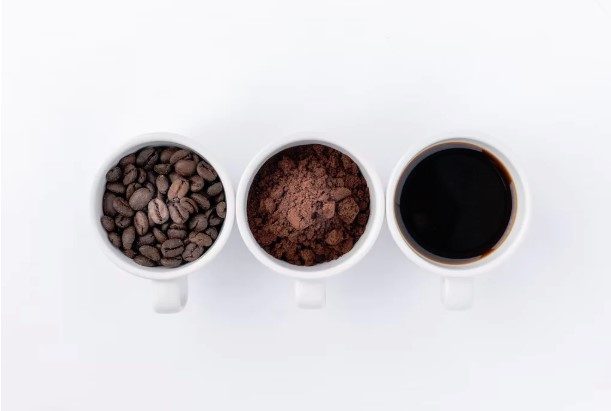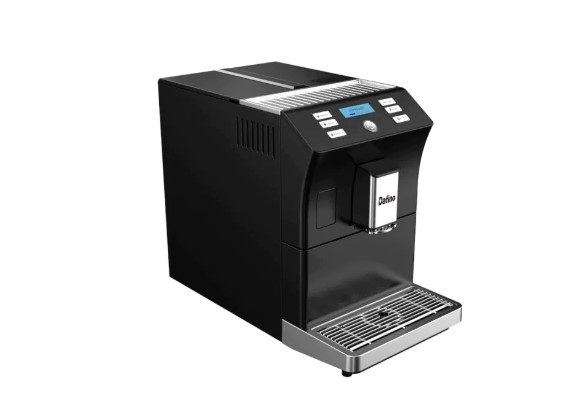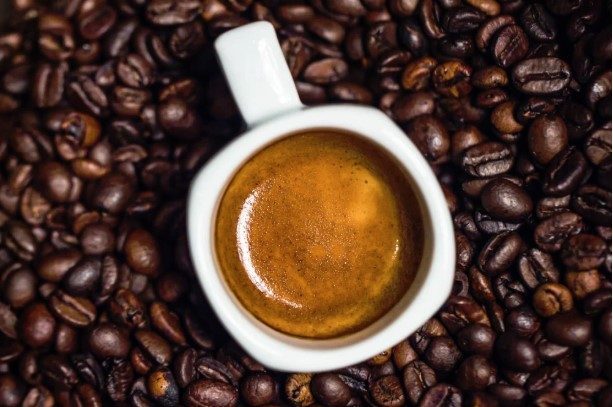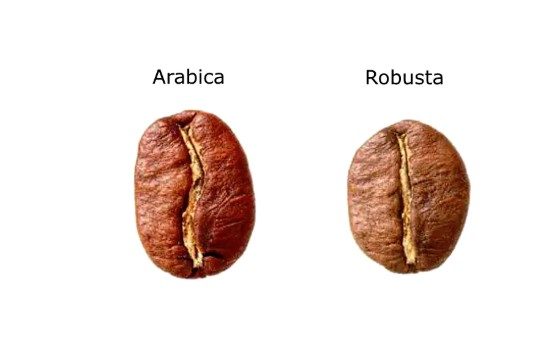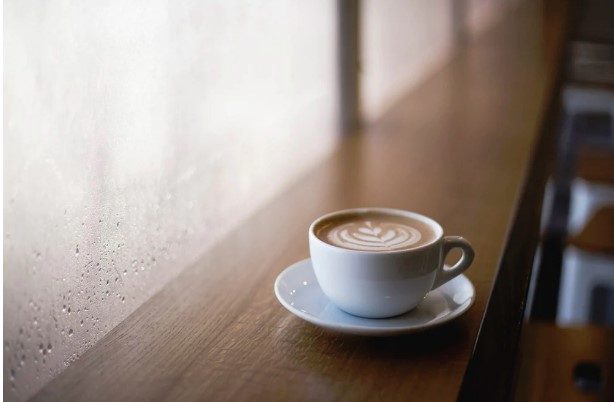The perfect espresso has two basic ingredients: the coffee beans and the espresso machine. If you fail at any of them, you’re not going to get a perfect espresso, or even a good one, no matter how good the other is.
Espresso machine
One of the two key ingredients is the espresso machine. Here, we’ll only be talking about smaller home espresso machines. Professional machines for cafes, restaurants and coffee bars have different price ranges and are different from home versions. Some of the better-known brands of espresso machines (DeLonghi, Dafino, Krups, Breville, Flair…) can go up to $1000!
So, buying an espresso machine is definitely an investment that takes some time to decide. All the big brands have high quality and similar specs, usually it just depends on what you like. We’ve found that for home use, it’s best to buy a fully automatic espresso machine…while a semi-automatic or manual coffee machine might look more appealing, or make you feel more like a barista, the truth is that after a few days you’ll be Want your espresso coffee to taste perfect, prepare it effortlessly.
Arabica vs. Robusta
Coffee beans are the berry seeds of the flowering plant of the coffee genus. The seeds are separated from the coffee plant, resulting in a raw material – unroasted green coffee. To produce coffee as we know it, the seeds are then roasted and ground into fine particles.
Arabica coffee (also known as Arabica), comes from the Arabica plant. It is the most popular coffee in the world as it accounts for around 60% of global coffee production. It comes in many varieties, but the two most popular are Typica and Bourbon. Arabica beans have a rich, sweet, low-acid taste that makes them a favorite coffee choice. Arabica coffee itself is also low to moderate in caffeine, making it popular for those who like to drink more than 1-2 cups of coffee per day. Of course, the highest quality coffee you can drink is 100% Arabica, but this is rare as it is often blended with robusta to give the final product a rich, rich taste and creamy texture.
Robusta coffee comes from the Coffea Canephora plant. It is the second most popular coffee in the world after Arabica. As much as 40% of the world’s coffee production comes from Robusta coffee. It originated in sub-Saharan Africa and is now grown mainly in the east (Africa, Vietnam (leader in Robusta coffee production), Indonesia). Like Arabica, there are many varieties of Robusta, but the two most popular Robusta coffees are Erecta and Nganda. Robusta has a higher caffeine content compared to Arabica, which may have affected its recent popularity (40% of the coffee market goes to Robusta as mentioned earlier, but before that , the proportion is higher, about 20%). Robusta is often used to make espresso. High-end Robustas are especially ideal. Whether it’s a 100% Robusta or a more common blend, its thick, creamy texture provides an extra fullness to the espresso.
Although Arabica is generally considered higher quality and Robusta lower, this is not always the case. This is mainly because Arabica is always “good,” and top-quality robusta coffees often taste just as good, if not better, than regular Arabica. Finally, talking about what you prefer and which flavor you prefer…and the perfect option might be the perfect blend of the two, which you can find at your local coffee shop.
Attention: This article – Arabica vs. Robusta – Perfect Espresso for You has the permission from GaoMon Blogs, for Product Recommendation of GaoMon Home – Embrace The New Style of Life.
More to read:
3 Simple Recipes When Your Guests Already Arrived



